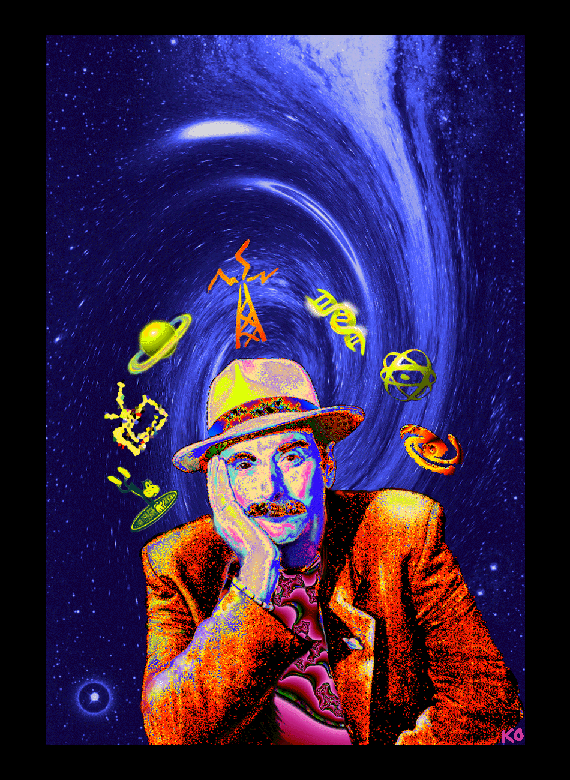Digital Copyright, Ownership and Identity
Today I welcome to
HUMlab those attending the first
Forum HUMlab on Digital Copyright, Ownership and Identity. Perhaps we could have just given this forum the single title of Digital Copyright and still have had more than enough to discuss. However following my reading of some of the source material, in particular Lessig’s three texts, I understand this to be a complex and far reaching field of knowledge with implications far outside the realm of cyberspace. These are international phenomena with the centre of much digital law being the United States but legal cases being tried in almost every continent where digital technology is manifest, often based upon international legislation as originating in the United States. As a direct result of these new technologies of mediation and text reproduction the concept of
Fair Use has been challenged, reinterpreted and remains today, according to many, unclear and prone to subjective interpretation. Perhaps one of the strongest illustrations of how the expansion of the digital domain has changed notions of copyright, ownership and identity is in the web log or Blog of the President of the United States which is a copyright protected document, the first time the public works of a serving American President have been subject to such (Lessig 2003).
From the issue of Fair Use it is only a short step to the domain of the Creative Commons. This is an ancient term applied to a postmodern concept, a blend if you will:
“The Creative Commons website enables copyright holders to grant some of their rights to the public while retaining others, through a variety of licensing and contract schemes, which may include dedication to the public domain or open content licensing terms. The intention is to avoid the problems which current copyright laws create for the sharing of information.
The project provides several free licenses that copyright holders can use when they release their works on the web. They also provide RDF/XML metadata that describes the license and the work to make it easier to automatically process and locate licensed works. They also provide a 'Founder's Copyright' [1] (http://creativecommons.org/projects/founderscopyright/) contract, intended to re-create the effects of the original U.S. Copyright created by the founders of the U.S. Constitution.”
http://en.wikipedia.org/wiki/Creative_Commons
For more information of copyright see the digital commons resource the Wikipedia at:
http://en.wikipedia.org/wiki/Copyright_law
Further Key terms:
Rivalrous/ non-rivalrous resources.
The four fair use factors:
What is the character of the use?
What is the nature of the work to be used?
How much of the work will you use?
What effect would this use have on the market for the original or for permissions if the use were widespread.
From
http://www.utsystem.edu/ogc/intellectualproperty/copypol2.htm




